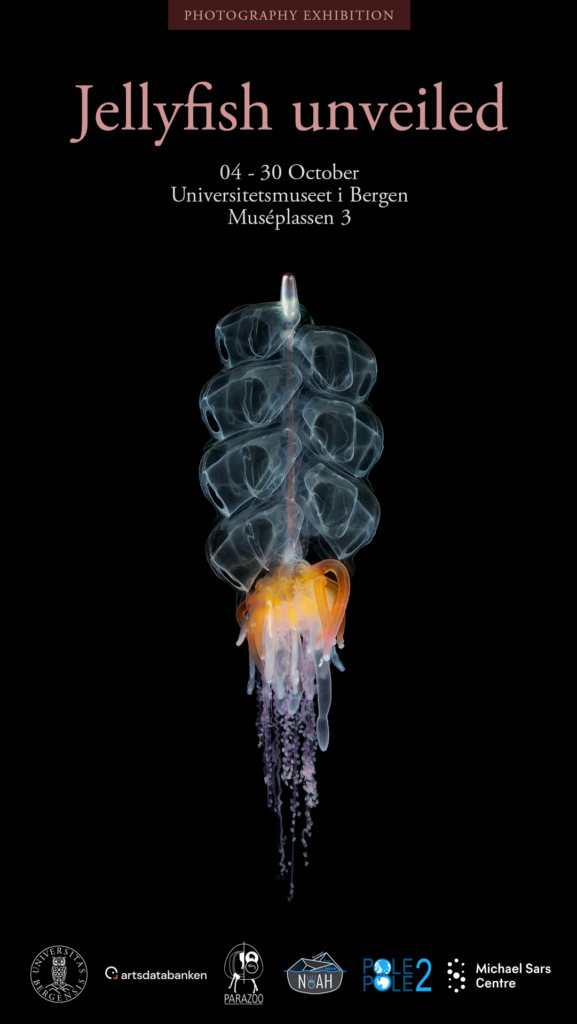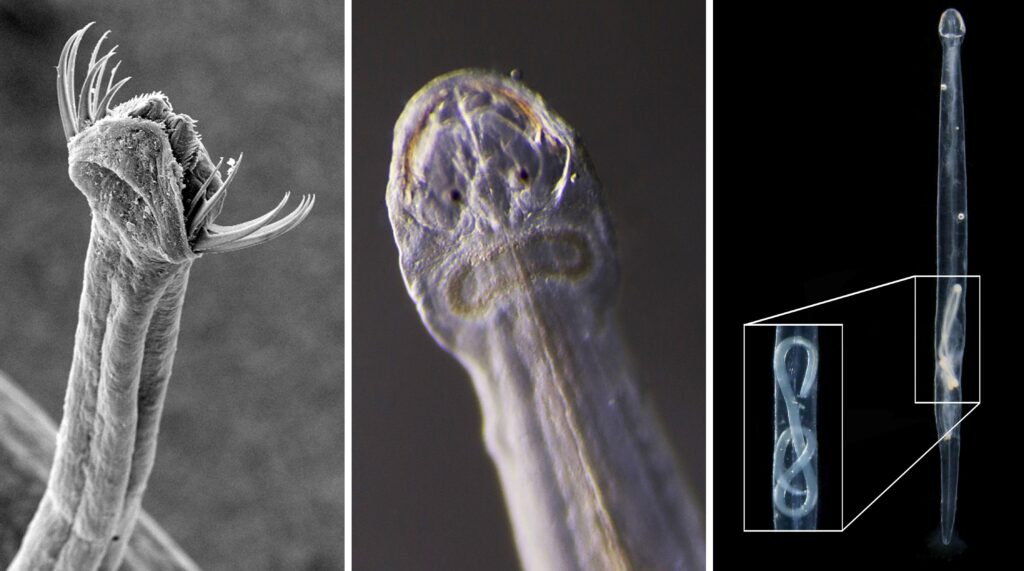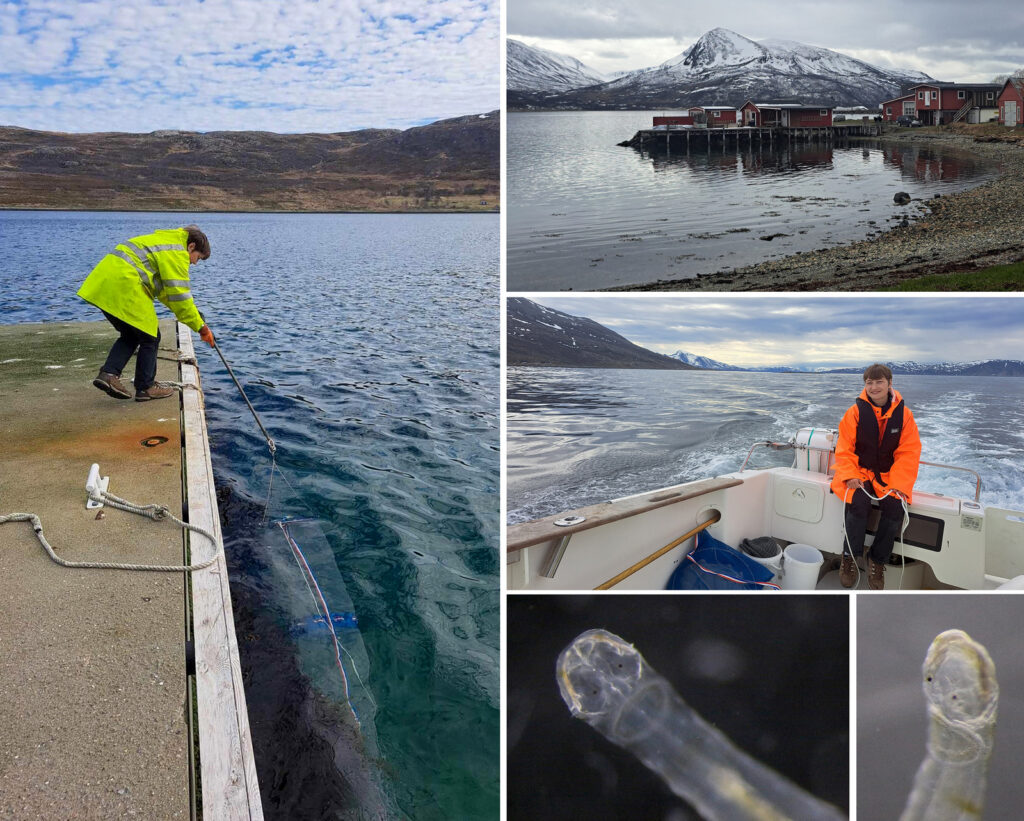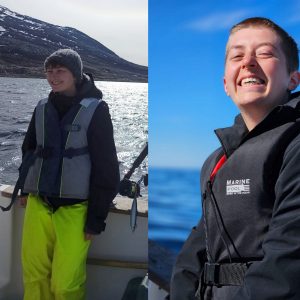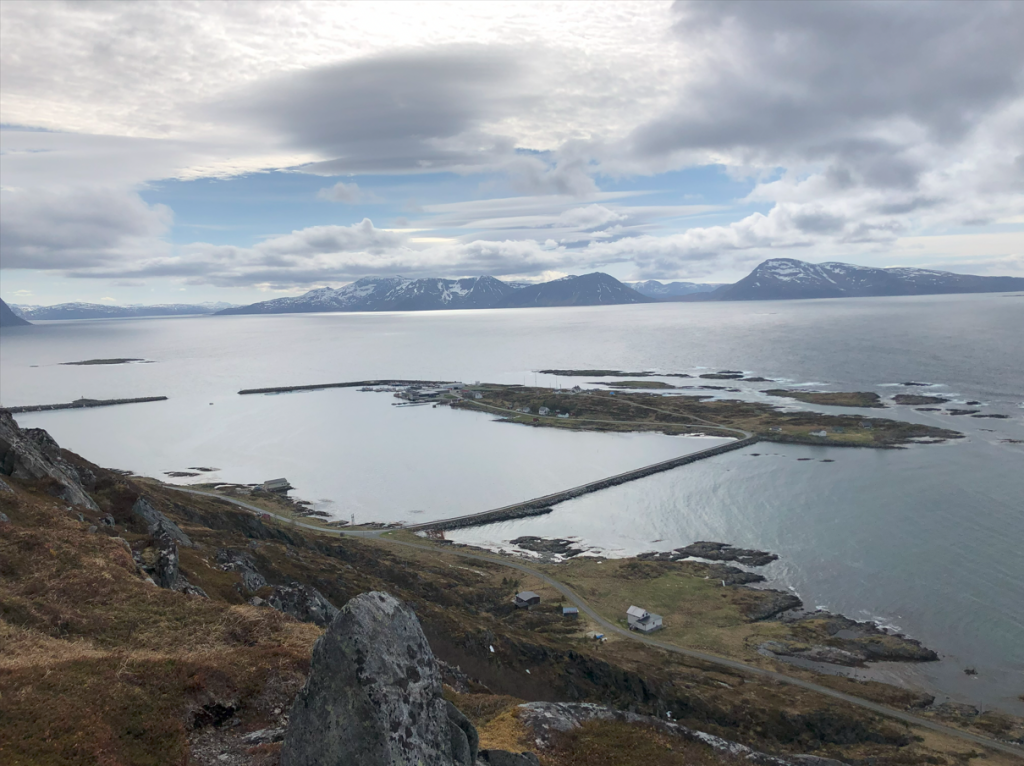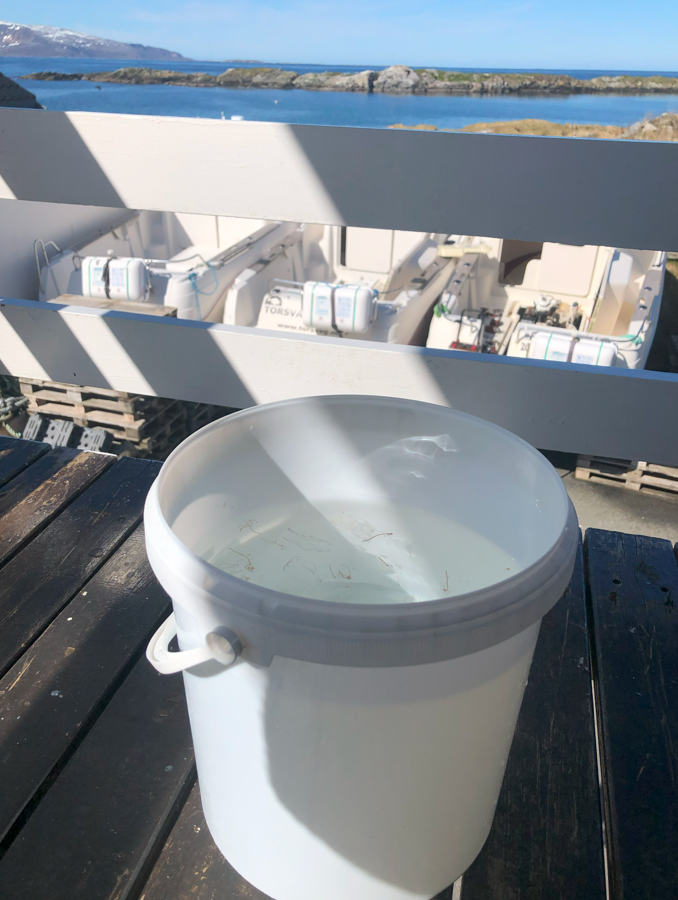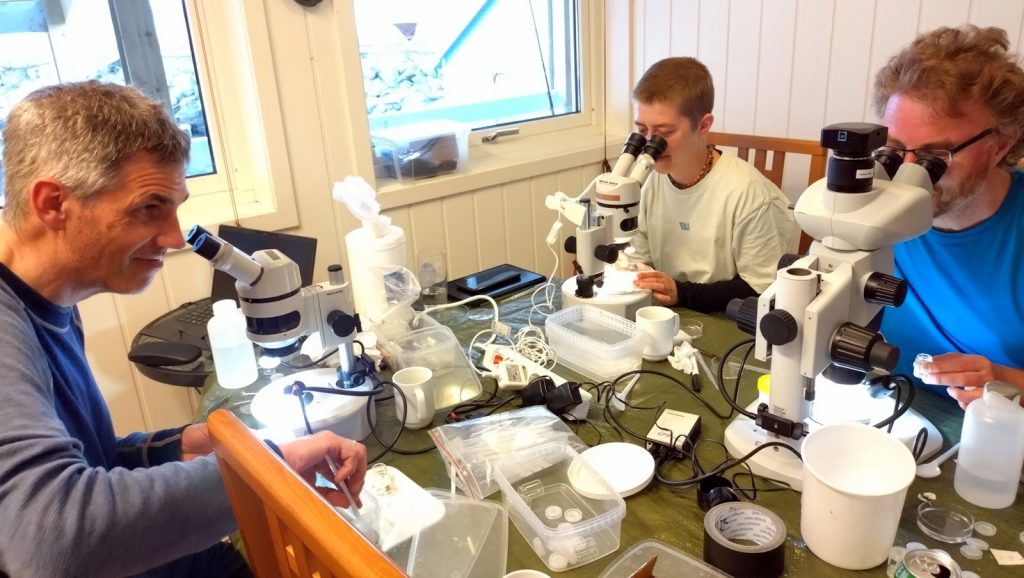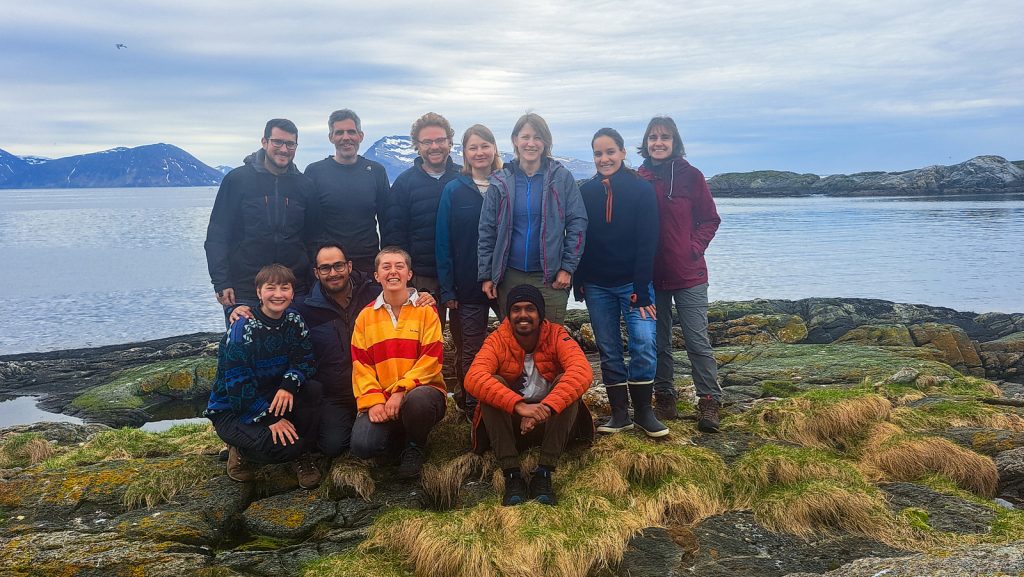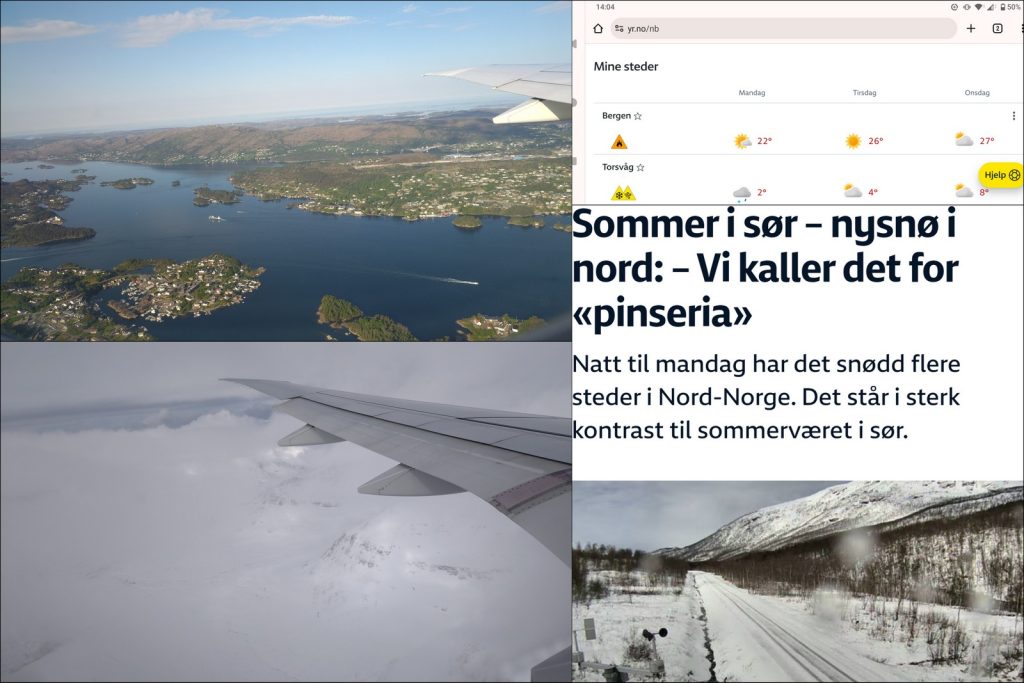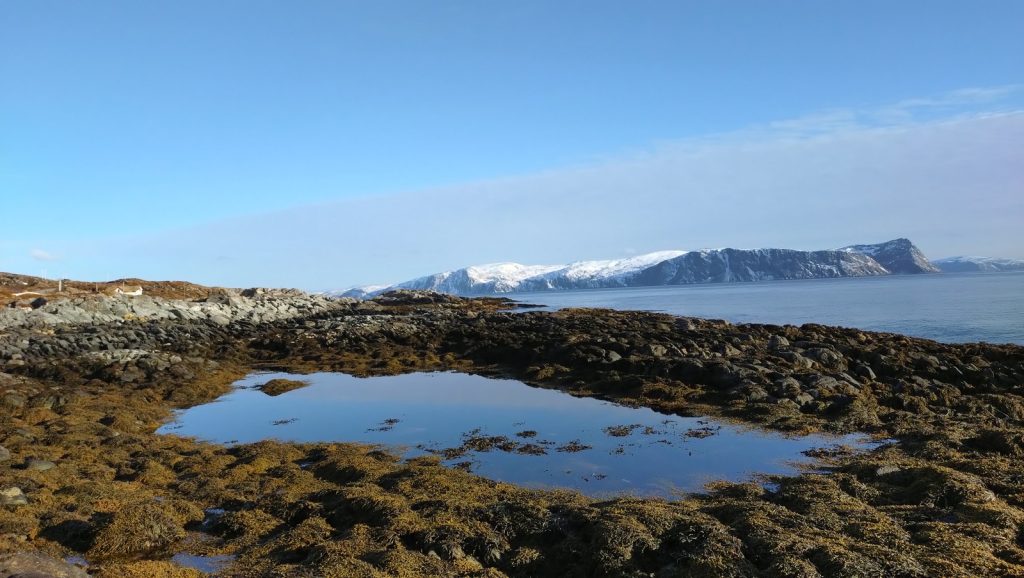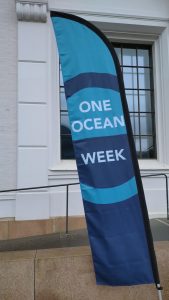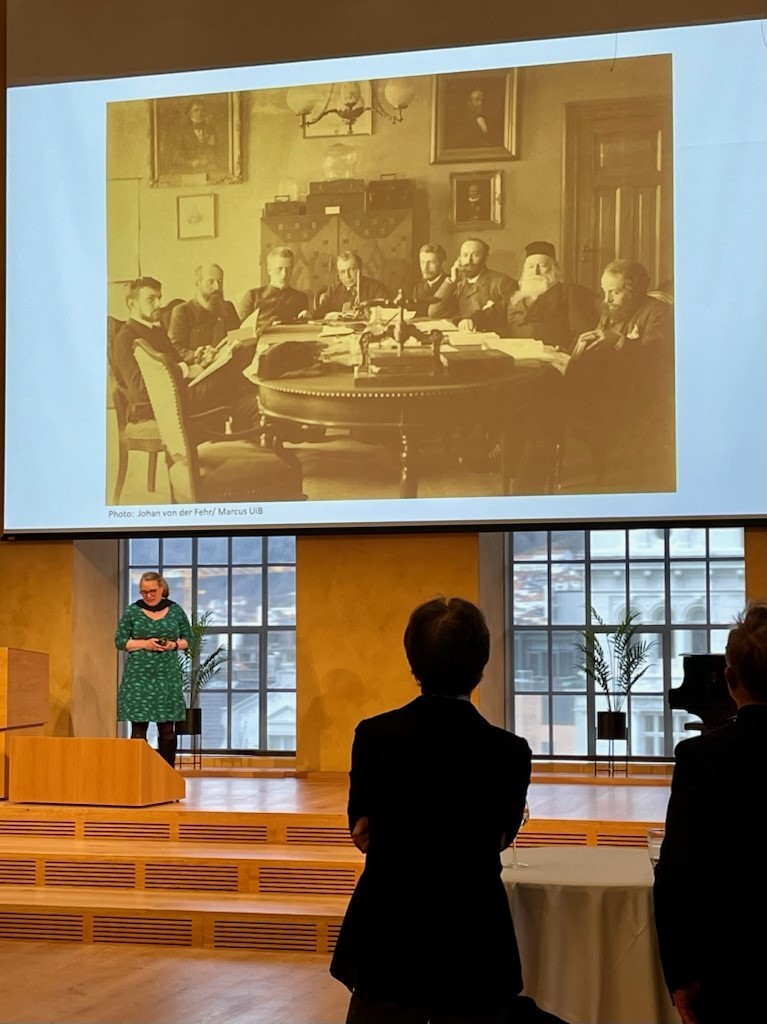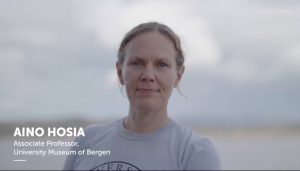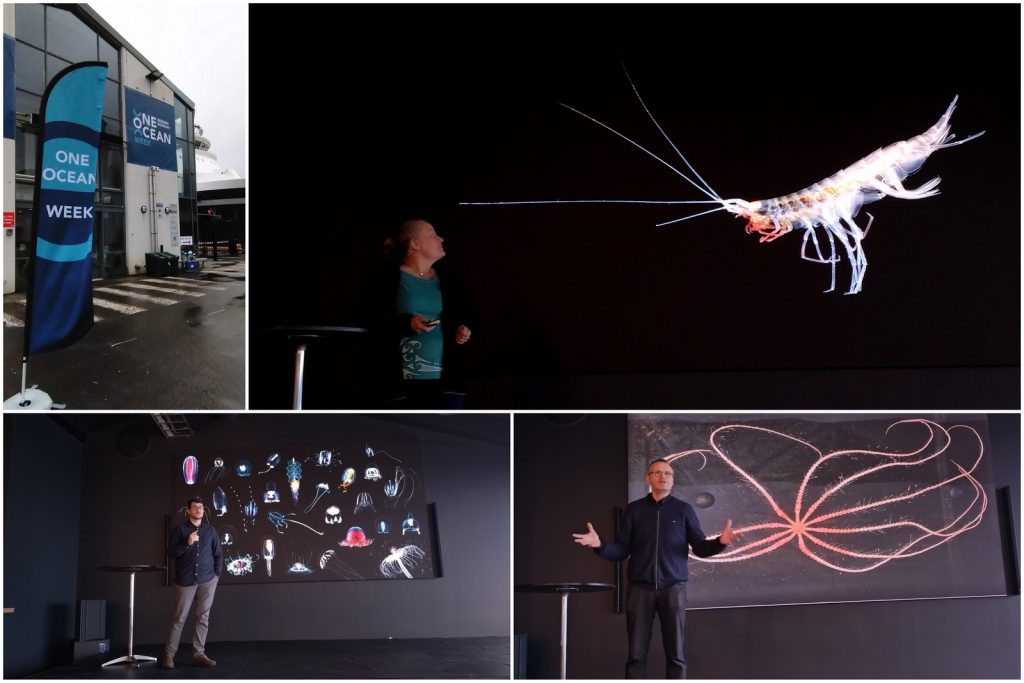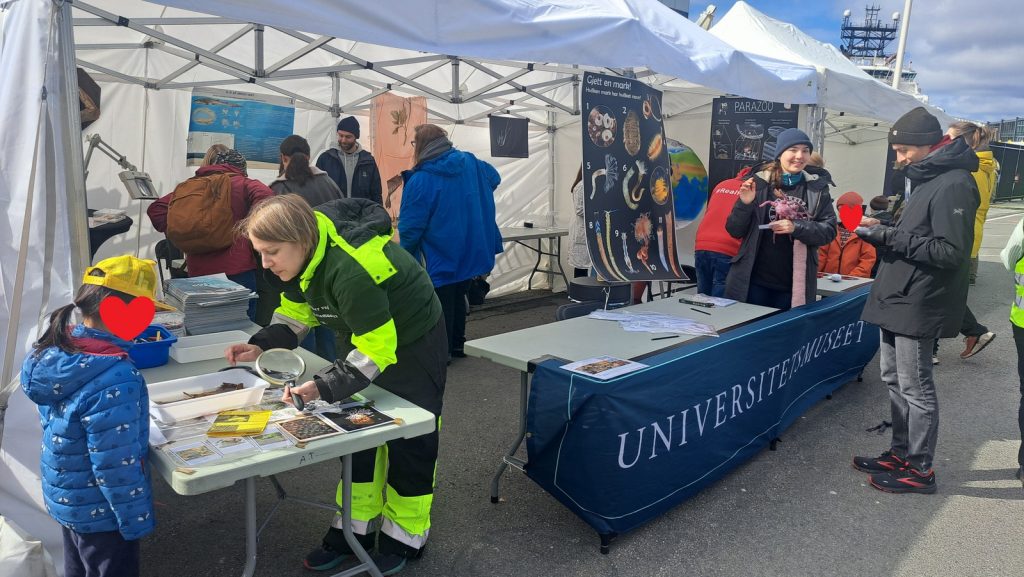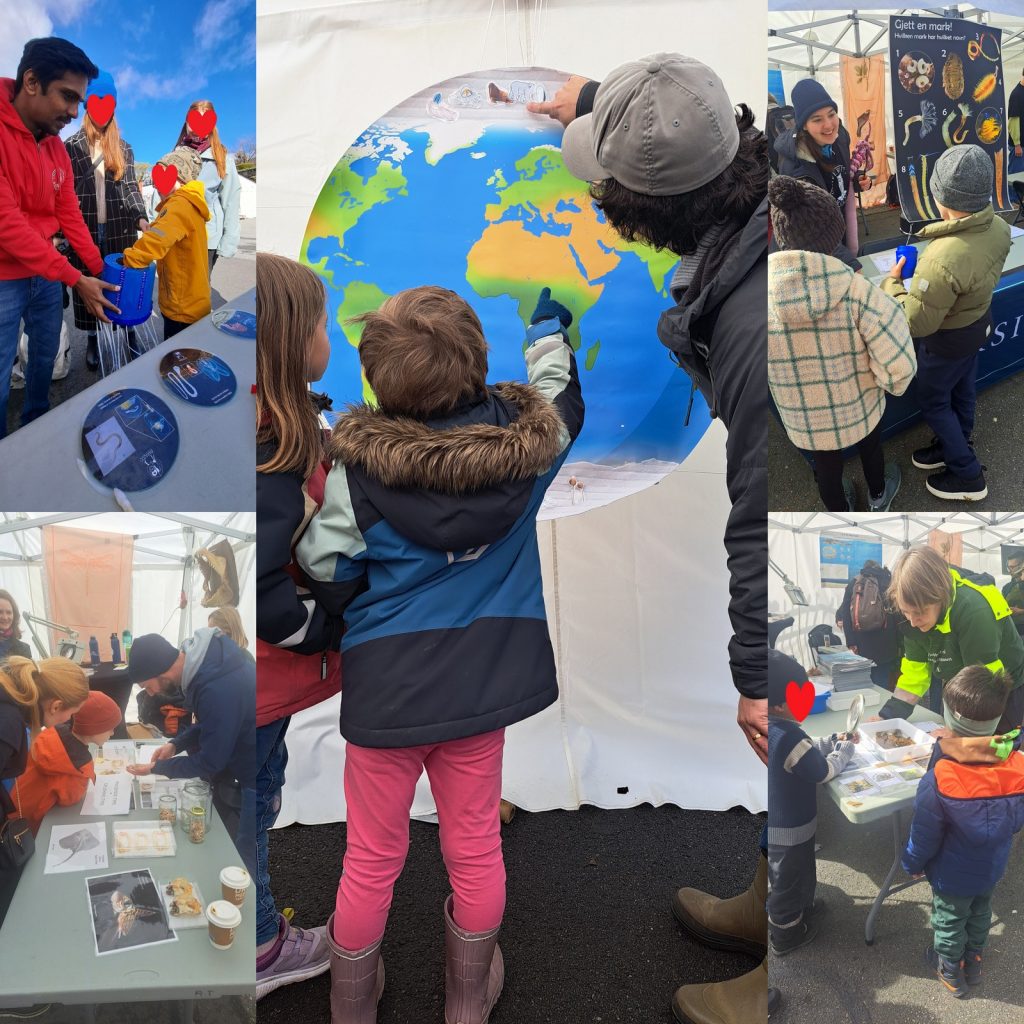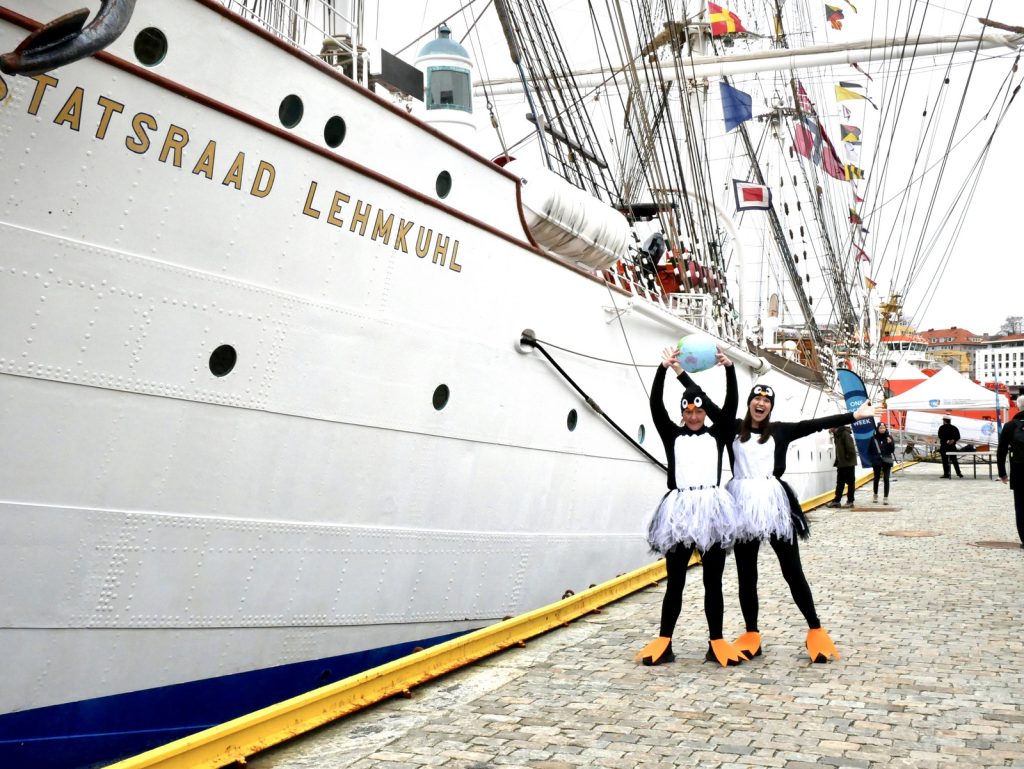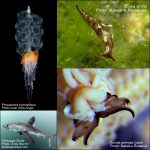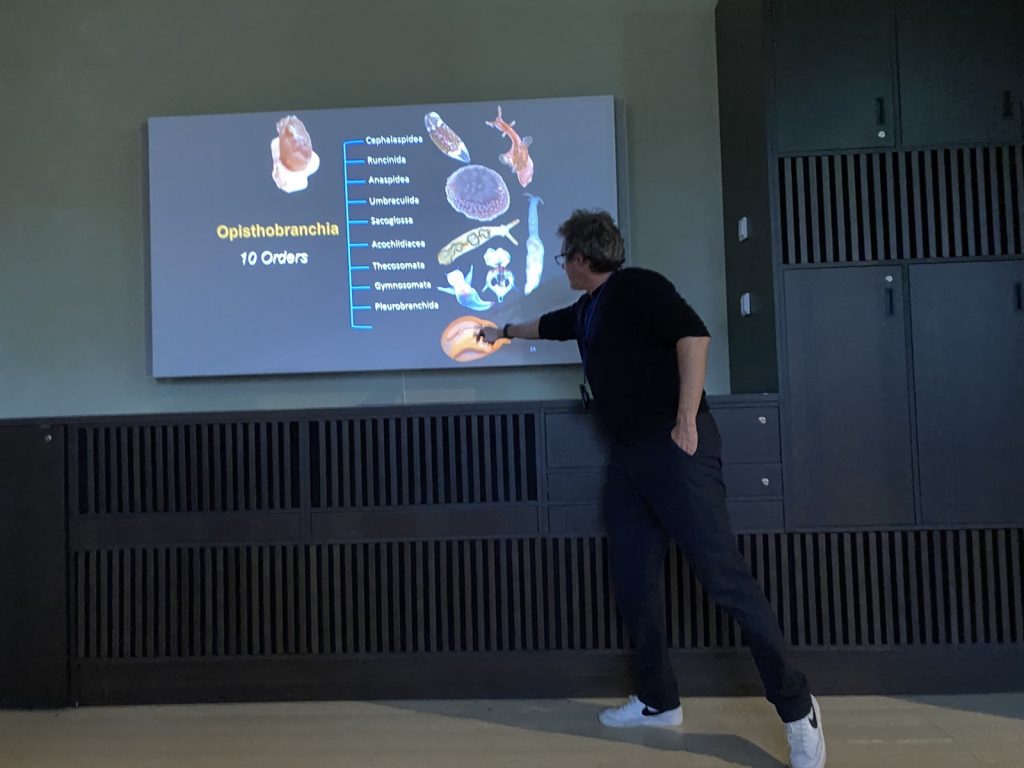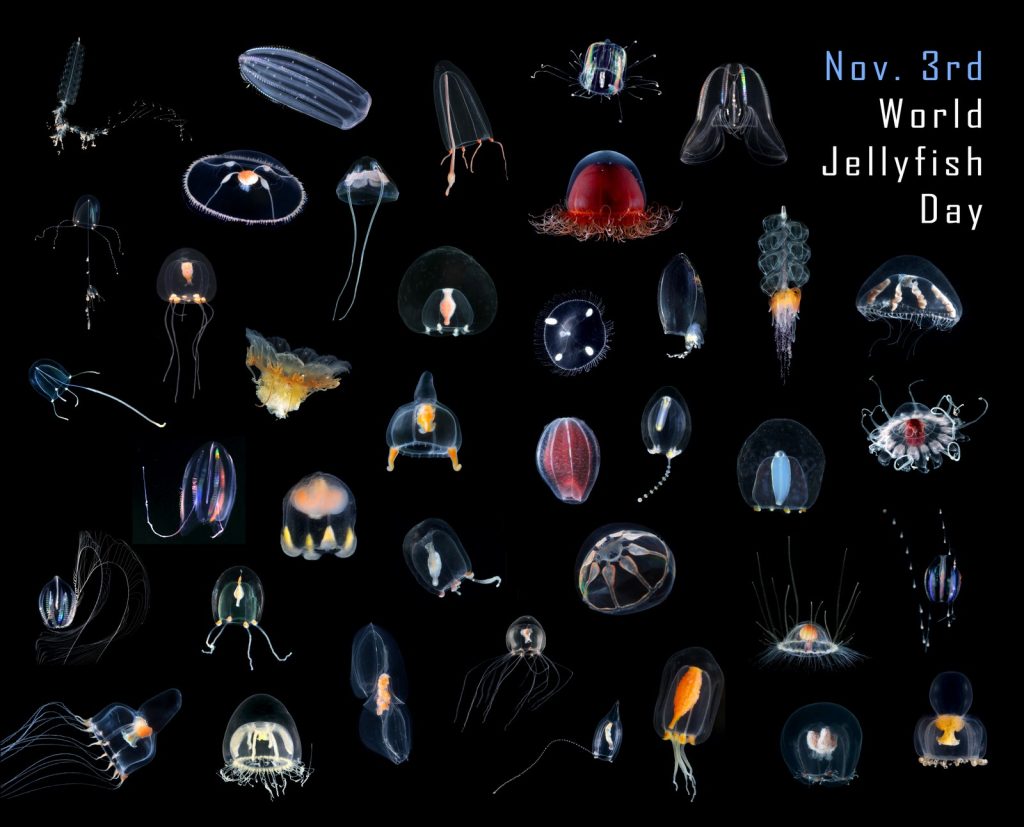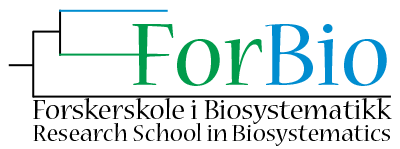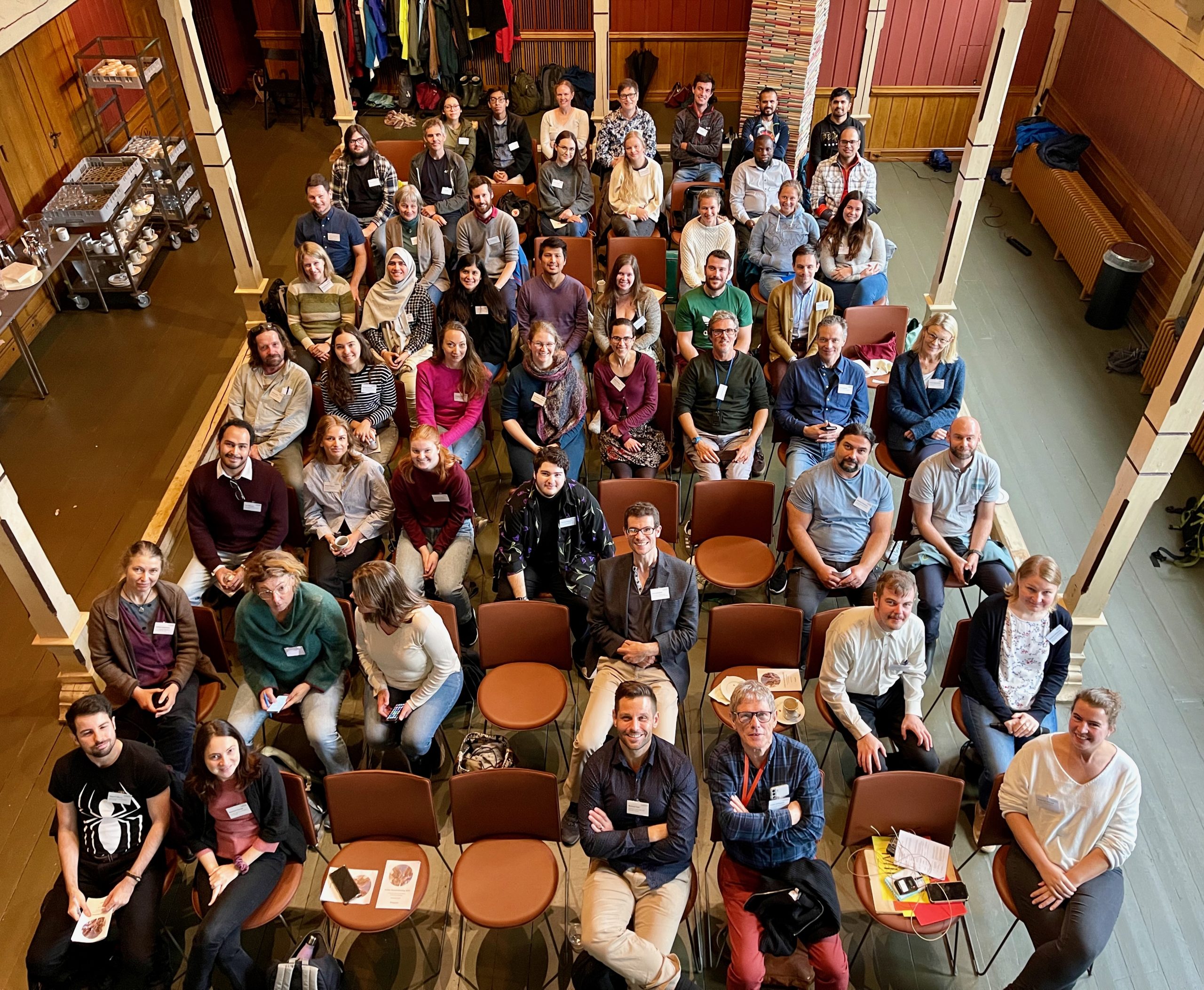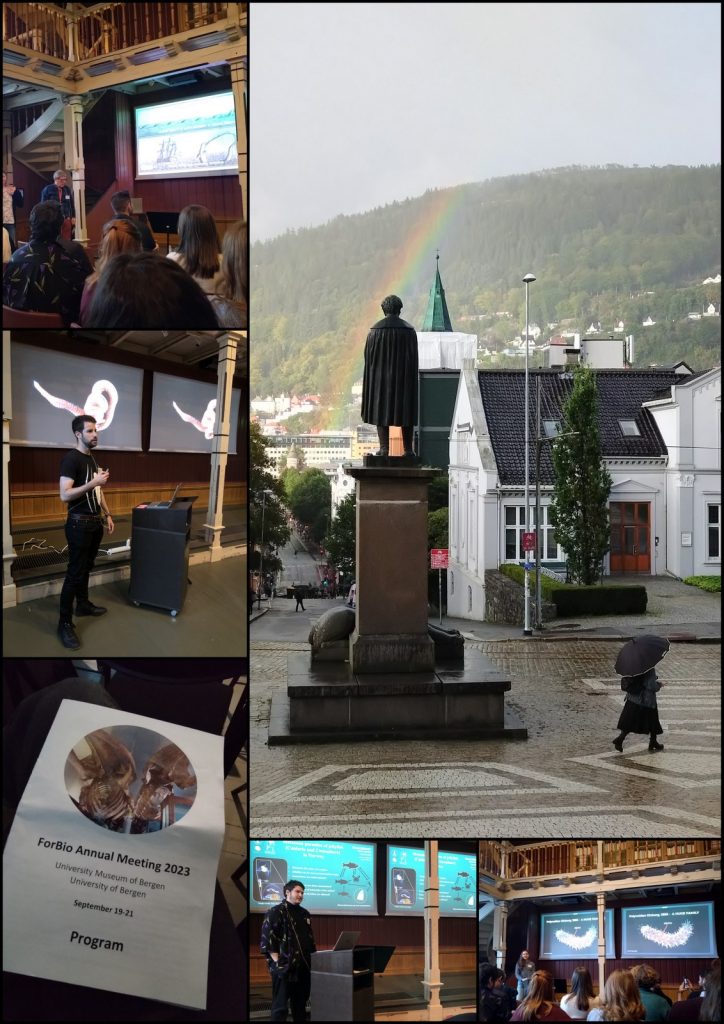In addition to the activities during the family day on Sunday 6th within the context of One Ocean Week 2025, we had a behind-the-scenes special session at Litteraturhuset called “Exploring marine life”, where some of us at the Invertebrate Collections shared our recent field trips and research activities, and the cool creatures we encounter when we venture into the wild ocean.
First, Aino opened the event and showed that the Museum not only have fantastic exhibitions, but also passionate and talented researchers that keep producing new biodiversity knowledge at worldwide scale.

Aino opening the session “Exploring marine life” at the One Ocean Week 2025 in Bergen. Picture credit: Alexandre Jan and Joan J. Soto-Angel
This year’s lecturers, Sophie, Joan, Nataliya and Praveen introducing how we at the Museum explore and study biodiversity. Picture credit for the next 4 photos: Alexandre Jan and Sophie Steinhagen
Sophie was the first speaker to open the lectures. She guided us on the importance of macro and microalgae for basic and applied research, and how fundamental it is at many levels to be able to tell species apart.
Joan invited us to join him on a trip to the remote polar regions. He shared some of the highlights he found while chasing rare polyps and jellyfish. He also explained the challenges associated with working in extreme environments, how crucial jellyfish are for the normal functioning of marine ecosystems, and the little we know about most of them.
Nataliya shared outstandingly beautiful pictures of the commonly misunderstood worms. She illuminated everyone in the audience with the great variety of shapes, colors and life strategies that worms come in. From intertidal animals to deep sea inhabitants, she gave many examples on how unearthly their ways of surviving and thriving can be.
Praveen closed the session with a comprehensive talk on jellyfish diversity in Norway, focusing on the work he is doing as part of his PhD with the poorly known but mesmerizing siphonophores and the vastly unexplored Norwegian Sea.
The lectures constituted an opportunity for everyone in Bergen to take a closer look at our work at the Invertebrate Collections, and we genuinely enjoyed sharing our favourite creatures with a crowd avid to know more about natural wonders. We are already looking forward to One Ocean Week 2026!
-Joan
You can read about our participation on Family Day during One Ocean Week here:









